
HOUSES
Our houses and house competitions are an important part of our college culture.
Through fun events and a sense of competition, they bring students together from all the year levels, promoting tuakana teina relationships and a sense of belonging. Each house is related to our history and mythology.
2025 House Structure
House Patron: Mr Mark Robinson, Principal
House Management: Ms Helen Benson, Deputy Principal
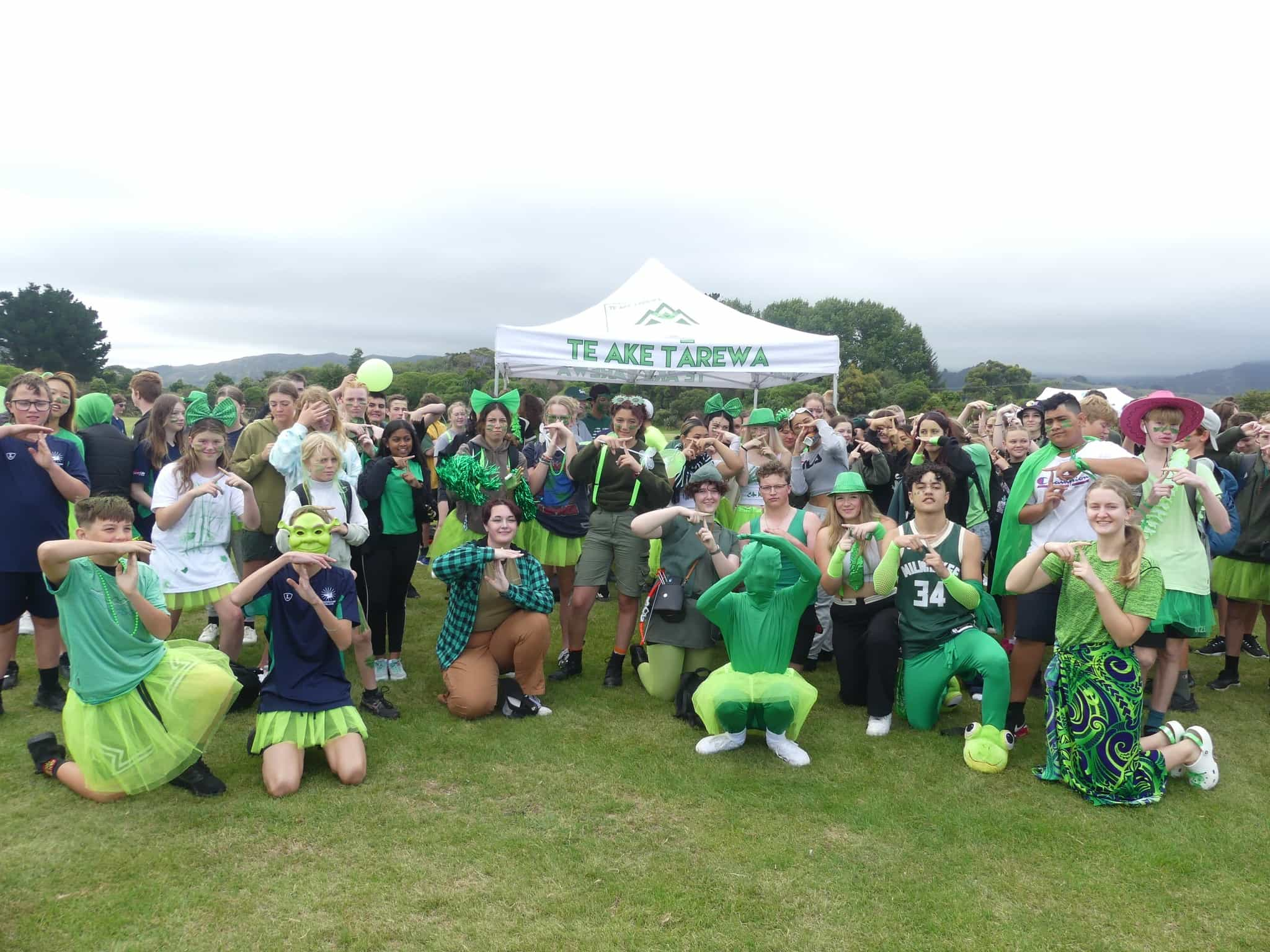
Te Ake Tārewa
(Mountain) - Tārewa
House Kaiako
Sara Rozmus
House Captains
Oliver Cardno
Brie Kirby
AnAn Yu
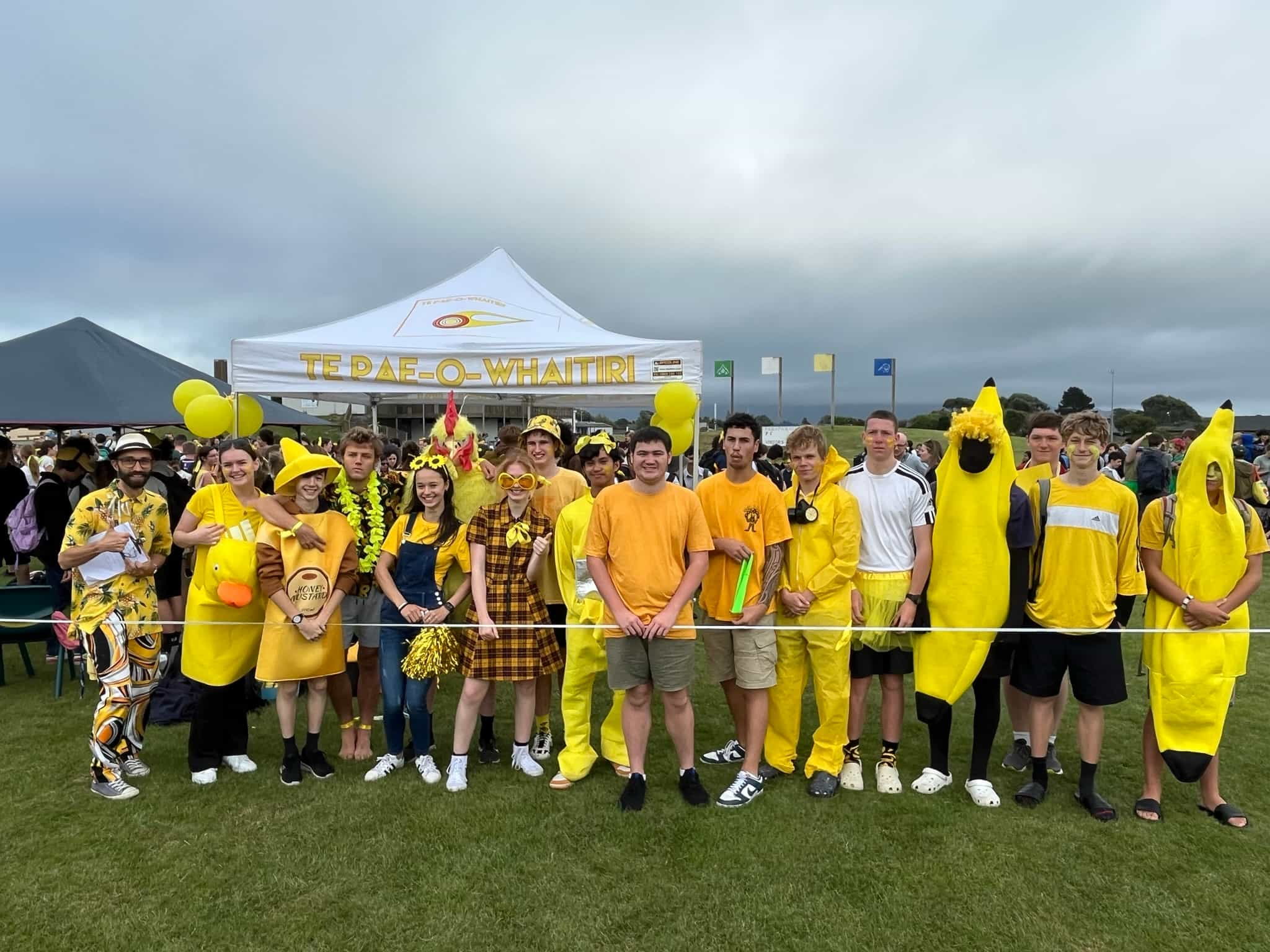
Te Pae-o-Whaitiri
(Meteor) - Whaitiri
House Kaiako
Che Ray
House Captains
Henry Brown
Katya Cameron-Bennett
Lily Haughton
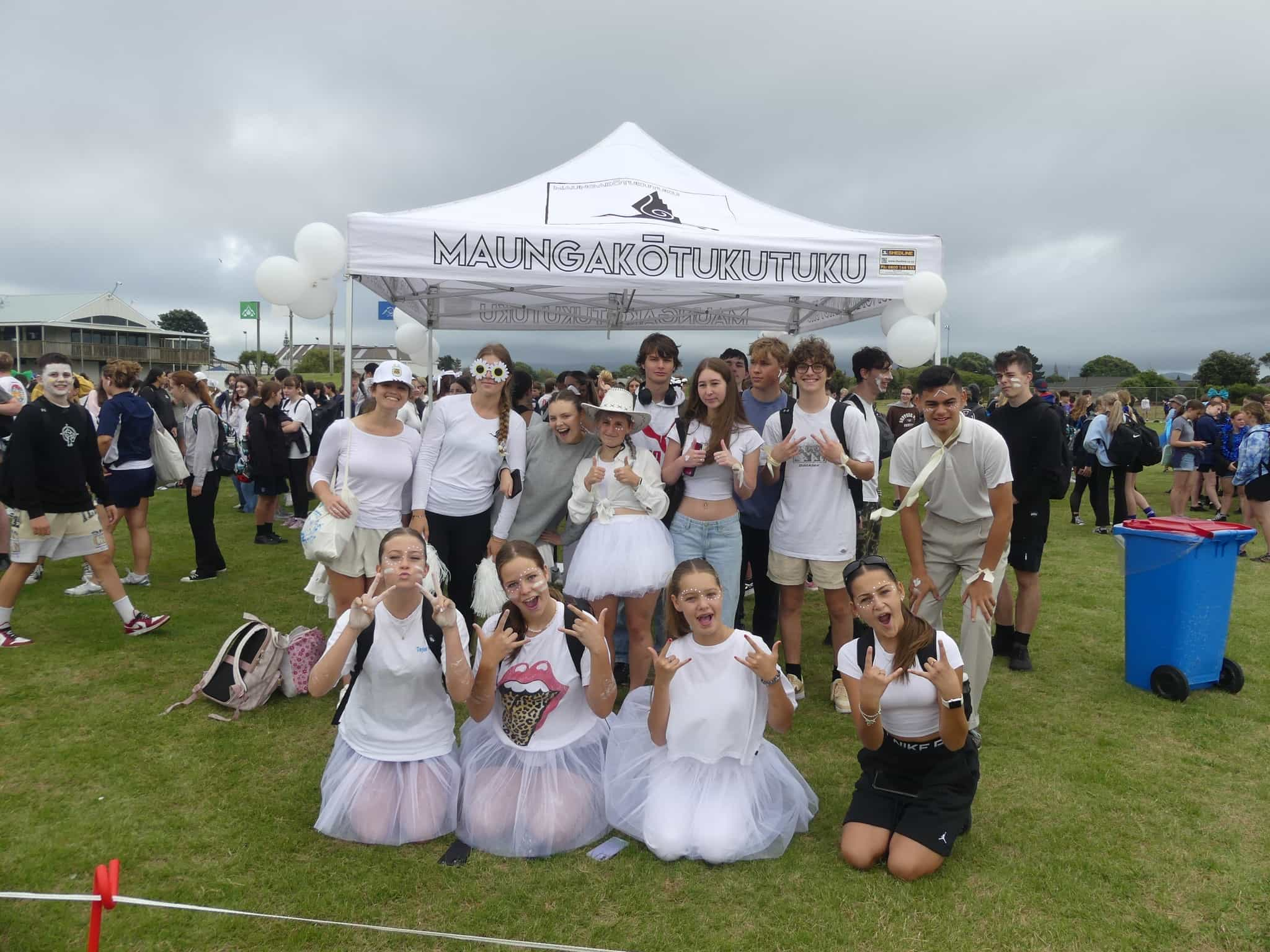
Maungakōtukutuku
(White Heron)
House Kaiako
Claire Casartelli
House Captains
Ella Gibson
Liv Hockey-Norris
Curtis Wilkes
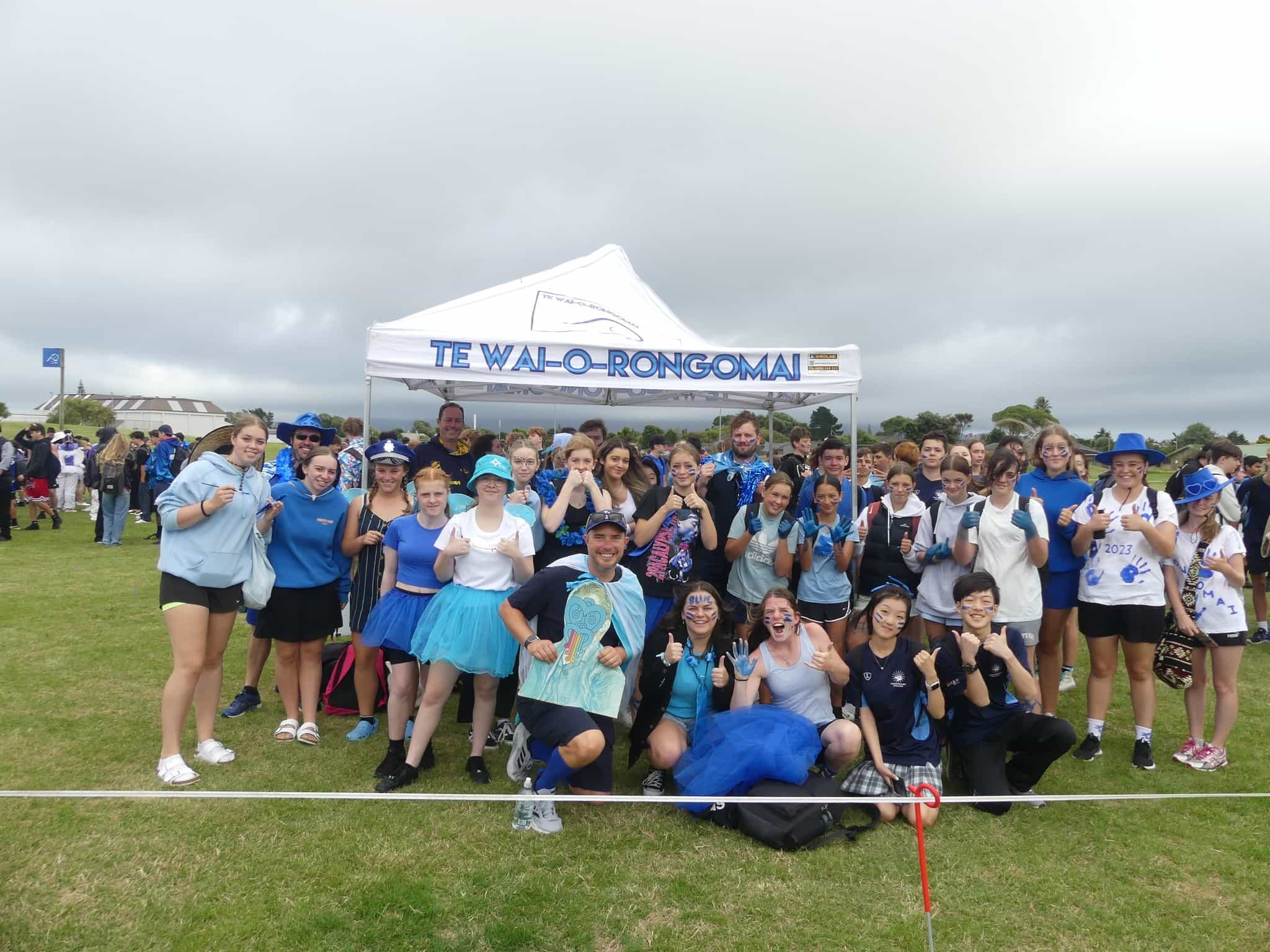
Te Wai -o-Rongomai
(Ocean/water) - Rongomai
House Kaiako
Elianna Drummond
House Captains
Daniel Bills
Noah Ireland-Spicer
Robyn Jansen van Vuuren
History & Mythology of House
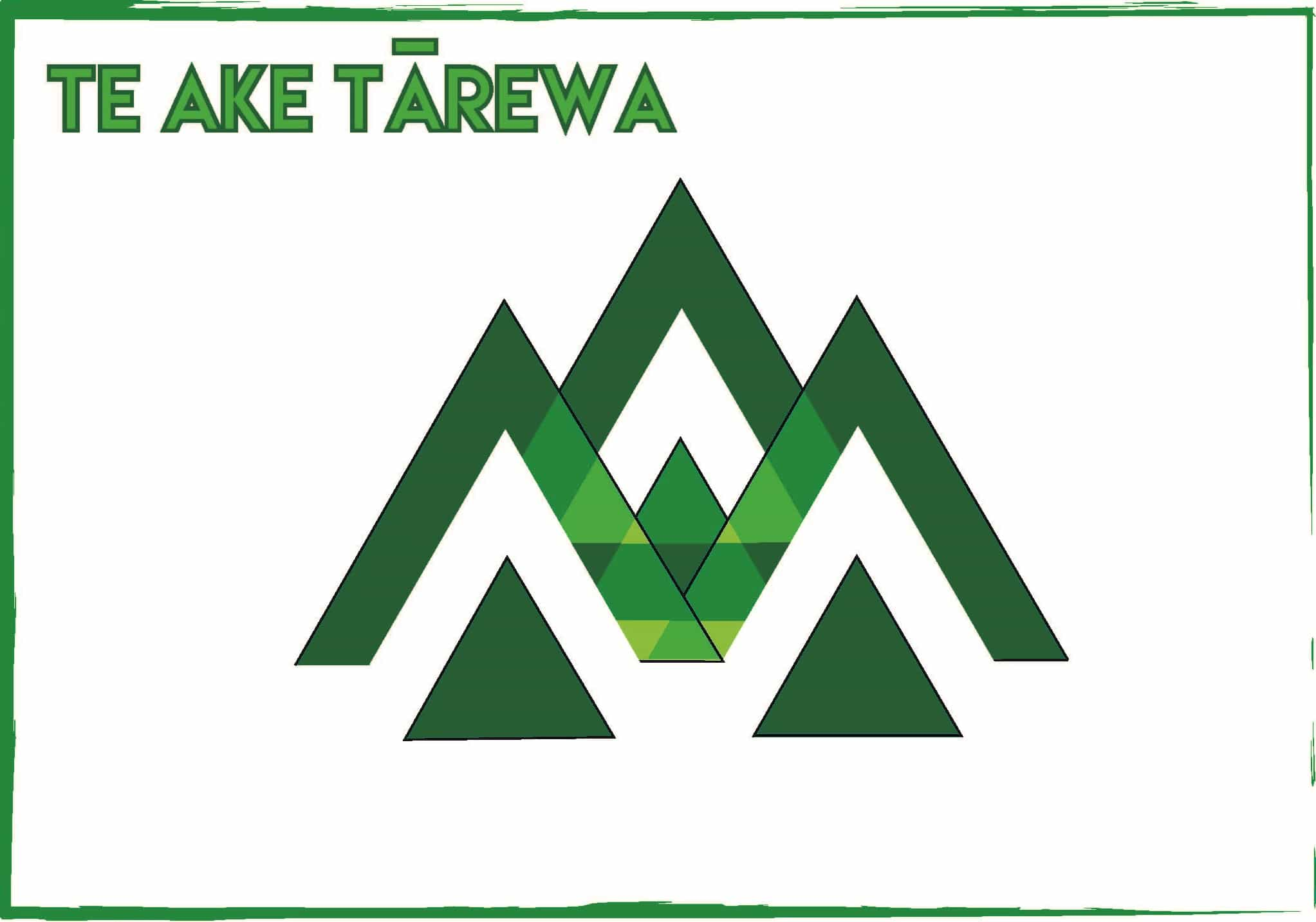
Te Ake Tārewa (Mountain, colour – Green)
Te Ake Tārewa is the original name of the Tararua ranges. It derives its name through the deeds of the ancestor, Maui Pōtiki-a-Tarahanga. It was Maui who hauled up Te Ikaroa-a-Maui, the Great Fish of Maui, in what is now known as The North Island. It was upon the Tararua Ranges that his canoe became grounded when Maui and his brothers hauled up the fish, hence the name, ‘Te Ake Tārewa’ meaning, ‘To be suspended above’. Rangitukutuku was the name of the fishing rod that Maui utilised to haul up the fish, and is utilised as the metaphor for realising aspirations and achievements. With the hauling up of Te Ake Tārewa, Maui realised his aspiration of affirming himself and his people to the precious resource and land and the many environs cherished by mankind.
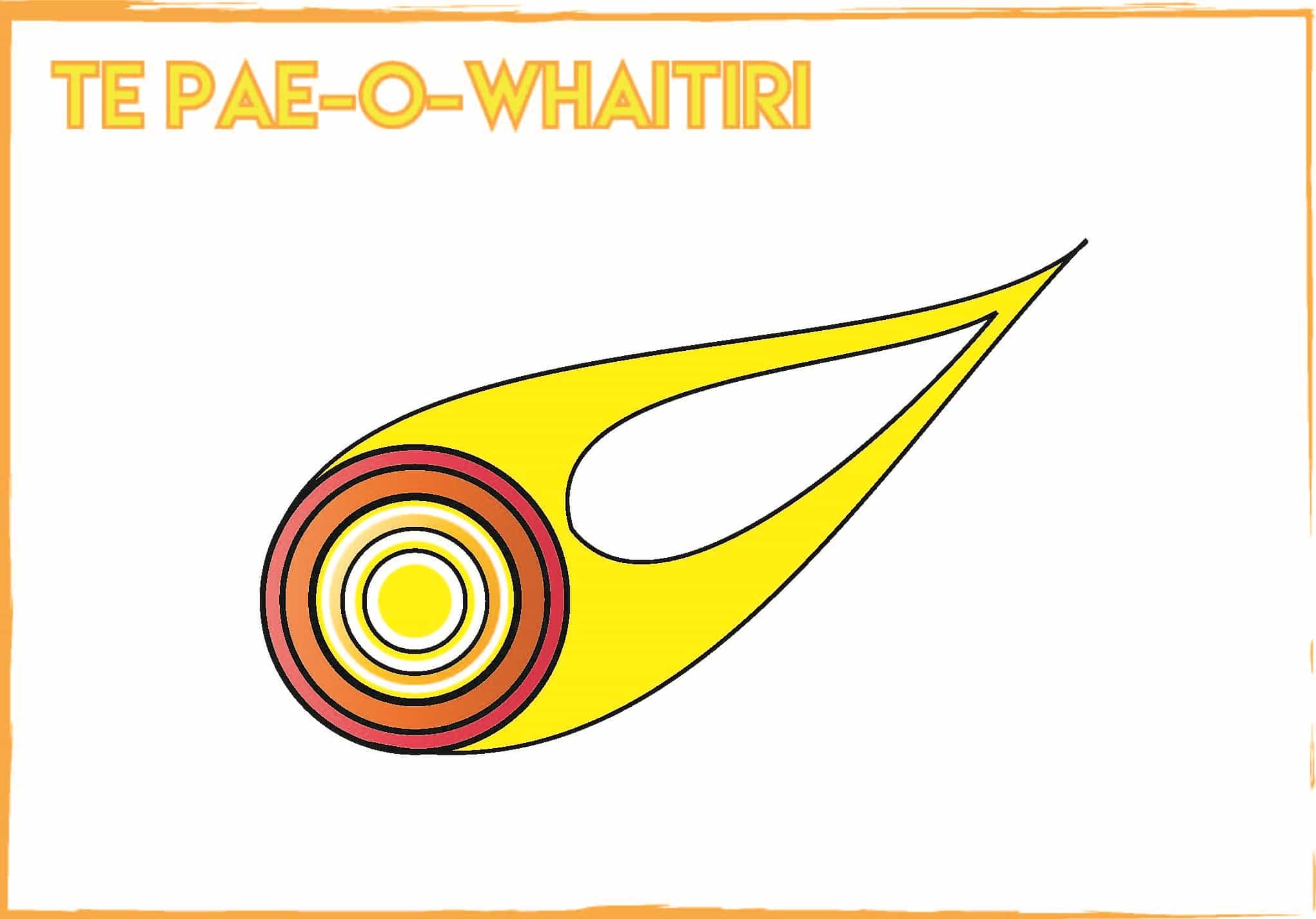
Te Pae-o-Whaitiri (Meteor, colour – Yellow)
Te Pae-o-Whaitiri is a name synonymous with the ancestor, Haunui-a-Nanaia. Haunui-a-Nanaia is an ancestor who is famous for naming various landmarks and tributaries along the western and southern parts of the North Island, including the rivers from Whanganui to Waikanae. Haunui-a-Nanaia was being guided by a deity, Rongomai, who was in the form of a meteor. It was during this journey that Haunui-a-Nanaia came into the Kāpiti-Horowhenua region. While Rongomai was travelling above the ridge of the Tararua ranges, its flight path was quite low causing a myriad of lightning events upon the spine of the ranges. As a result of this event, Haunui-a-Nanaia named the Tararua ranges ‘Te Pae-o-Whaitiri’, meaning, ‘The Summit-of-Lightning’. As a result, this range became reknown for this lightning event, and how the lightning struck upon the summit would symbolise the possibilities that may occur in the future.
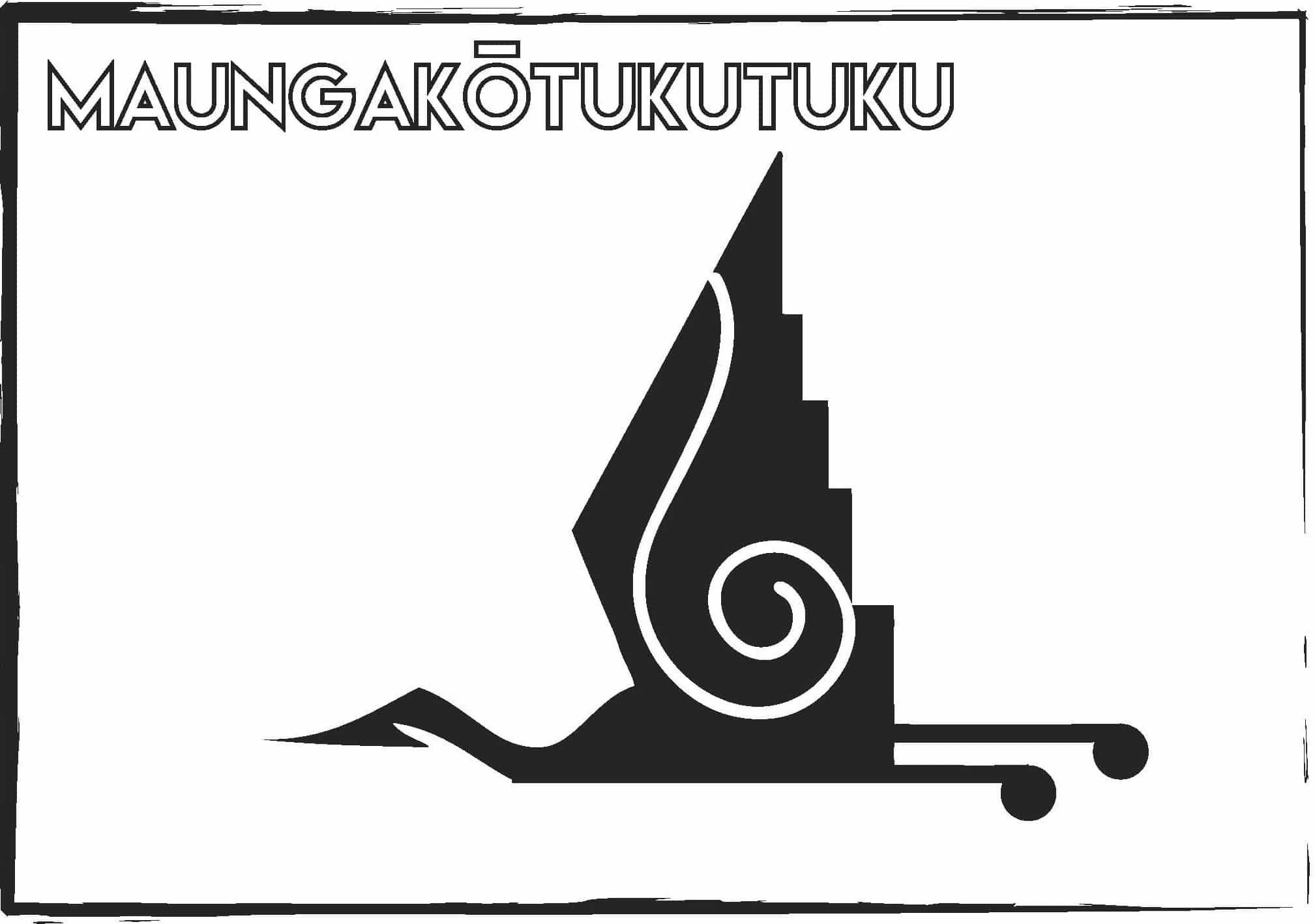
Maungakōtukutuku (White Heron, colour – White)
Maungakōtukutuku is a peak and valley which overlooks the Ōtaihanga and Paraparaumu region. It is an important landmark of this area. Its name derives from the importance of the Kōtuku, or White Heron, to the region. The Kōtuku is rarely seen, and its feathers are very precious, being utilised for regalia adornments for people of chief-like status. The Maungakōtukutuku and Wharemauku streams flow from the Maungakōtukutuku valley. It is the following lament that connections are made to some of these environs:
Piki kōtuku ai te riu o Tararua
Ki Wharemauku
Parati ai ahau, auē
As I ascend like a white heron through the Tararua valley
To Wharemauku stream
In which I splash about, alas
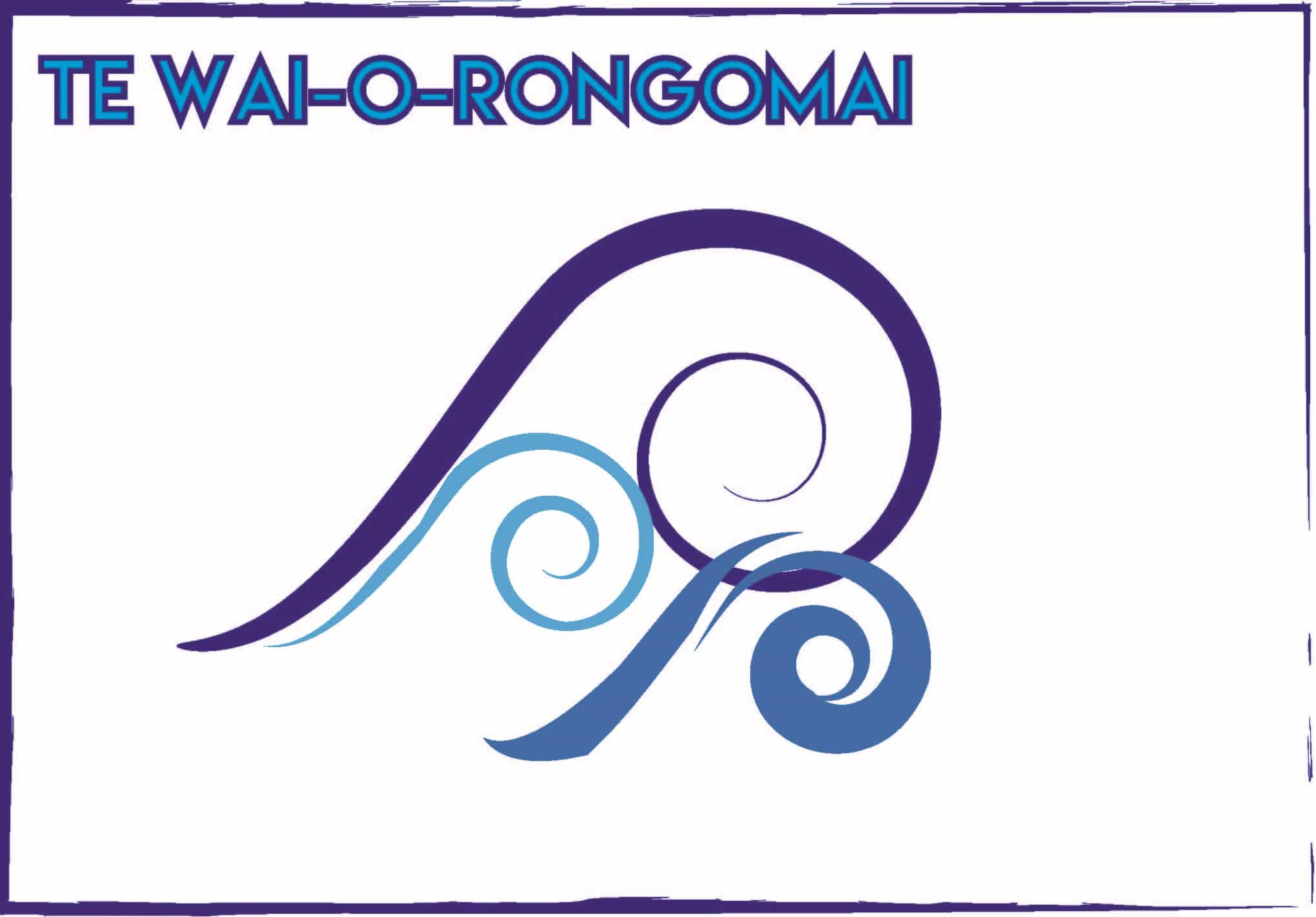
Te Wai-o-Rongomai (Ocean/water, colour- Blue)
Te Wai-o-Rongomai is a name symbolic of the journey of the ancestor, Haunui-a-Nanaia. While Haunui-a-Nanaia was following the flight path of the deity, Rongomai, it was while Rongomai had taken the form of a meteor that it travelled over the Paraparaumu beach front. Rongomai’s meteor dust was cast upon the land, caressing the sea waters along the Paraparaumu beach. As a result of the tapu of Rongomai, this made the ocean waters of the Paraparaumu beach front tapu, or sacred, as well. Therefore, the Paraparaumu beach ocean waters were utilised for certain rites, in particular rites of passage. Birthing rites, naming rites, and marriage rites were certain ceremonies symbolic of this tapu. These rites can be seen as a metaphor for the rites of passage that are the journey traversed by all people.

Come visit us at:
Mazengarb Road, Paraparaumu 5032,
New Zealand
Contact Us
EMAIL
Office Email
Accounts Email
PHONE
04-902 5170
ABSENCES
04-902 5170 - Option 1
Absent Form
Quick Links


 Admin Login
Admin Login